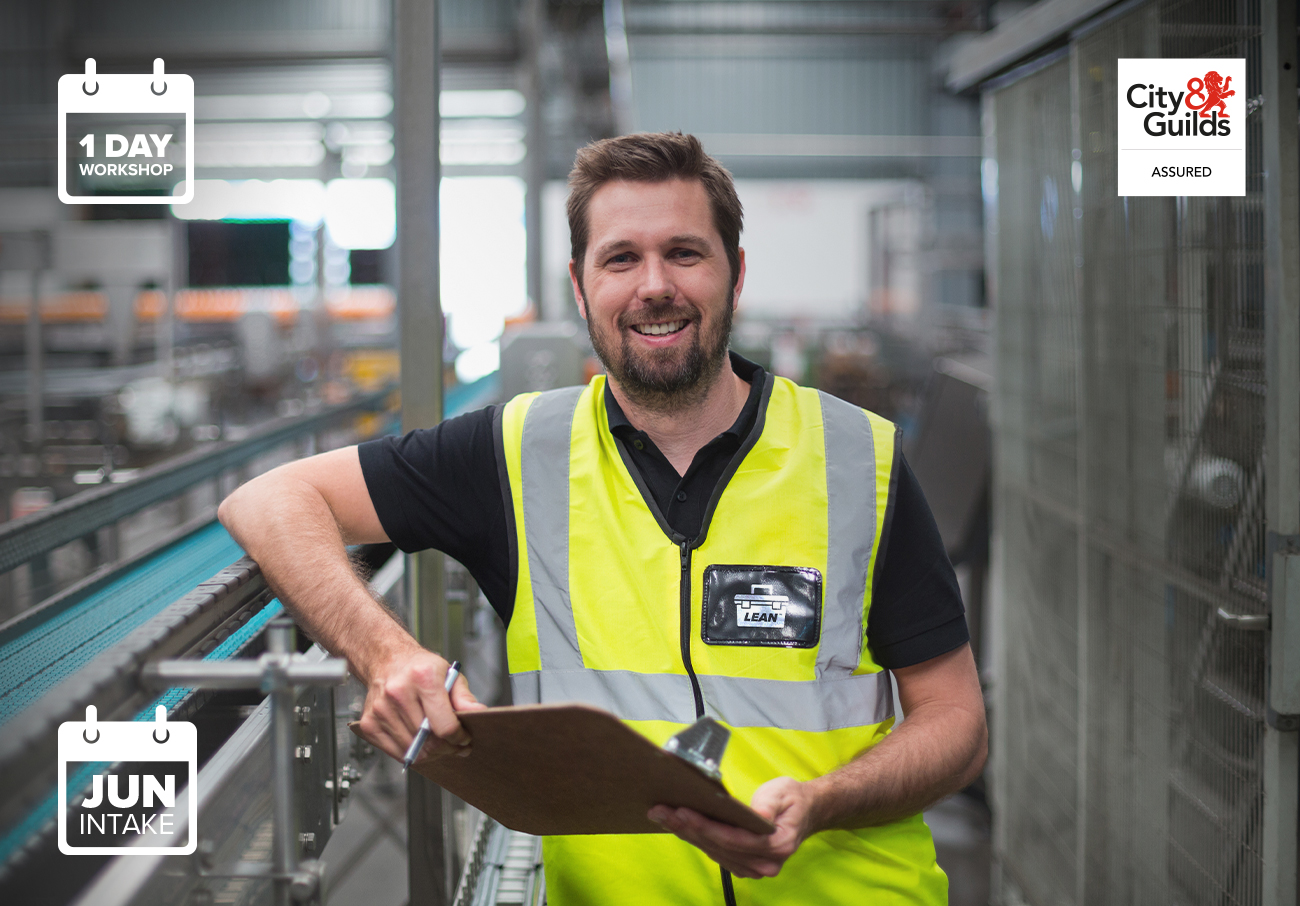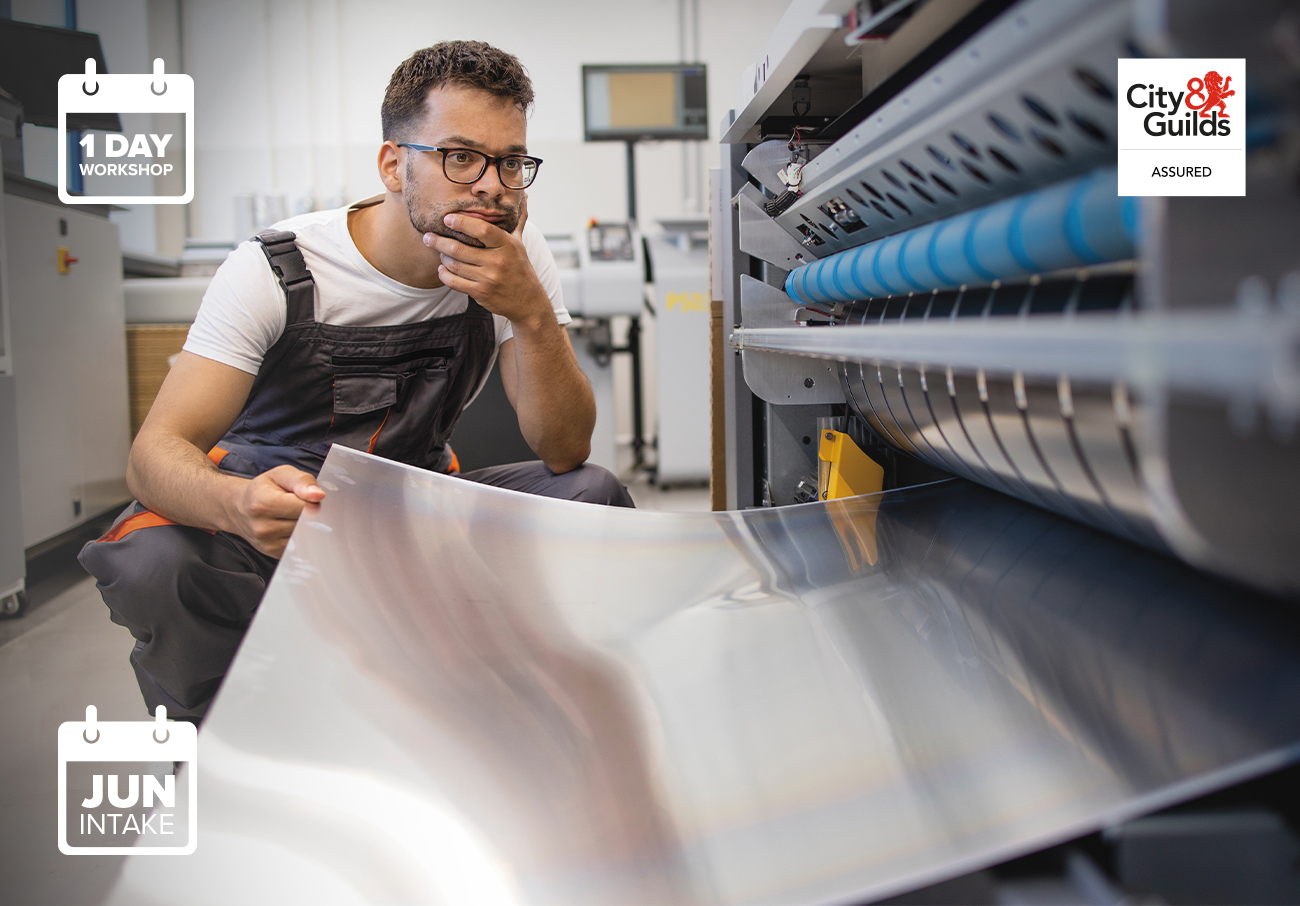
How To Include Employees In Rapid Innovation Projects
The innovation process is difficult. It’s a long journey from an idea on a piece of paper to a product on a manufacturing line, so it’s little wonder that 99% of concepts end up in a kind of ‘museum of failed dreams’.
Yet innovation is often the only way that small businesses can compete and survive. So, how can you make the innovation process more successful?
Josh Valman, a world leader in rapid innovation and manufacturing and the founder of RPD International, believes it’s about building a culture of contribution among employees. Here, he offers his thoughts on the topic.
Provide time to innovate
Your employees are the ones talking to customers and experiencing the day-to-day processes of your organisation. They know what should change and what the customer wants. But they’re rarely asked for their opinion.
Of course, we’re not all sitting in a workshop or factory brainstorming ideas. What can you do instead? Free up 15% of an employee’s time at work, and let them spend it how they want. This is what 3M did, and a chat in the pub led to the development of the Post-it note.
For this to be successful, you have to encourage innovation. Employees may instead go to the pub and relax, ideas not even crossing their mind. 3M’s people were happy to spend their time innovating – and that level of motivation comes from effective communication and actively seeking their opinions.
Get across the ‘what’ and the ‘why’
Staff can’t produce great ideas unless there’s some sort of structure in place. The call for contribution should be clear and defined, coming in the form of alignment, reward and process.
By saying innovation is a completely open book, your team will probably panic. They’ll wonder if their idea will offend someone, or if it’ll even align with the business’ objectives. And they might not know how best to present it. So, make your intentions clear.
This includes explaining why it’s worth their time. If someone is at the bottom of the organisation chart, earning far less than an R&D role, and they think up a £10m idea, then they need to get something out of it. If they can see that their contribution will get somewhere and that it will give them something personally, this will inspire action.
Commit to a specific number of R&D projects per year too. If you’re not going to make that promise, employees will wonder why they should bother with it too.
Involve them in the process
Once you’ve kick-started an idea, you need to involve the person that generated it.
Talk to them about it throughout the year. Hold meetings. Show them what’s going on. Demonstrate that their innovation is valuable to both the company and them. They need to be brought along the journey with you, so ensure they’re always updated as things progress. This way, the idea becomes part of their career and their potential success, rather than the accomplishment of someone else.
They need to be part of the process – for better or worse. Which leads me on to my next point…
Embrace failure
I’ve not come across a single R&D project where an idea has gone swimmingly. Things won’t work, and sometimes things will fail entirely. And you know what? You need to embrace that, and talk about it – tell people what happened and why the idea had to be shelved. Because speaking about failures is just as worthwhile as generating ideas in the first place.
Failure should not be looked down on. I’m sorry if I sound cliché here – but it’s only through failure that we can learn to be better. In fact, the innovation pipeline absolutely thrives on failure. It feeds itself on any lessons you can learn from it – so you should take these, and adapt and evolve the idea. Build an environment which celebrates the necessary failure of innovation and frames it not as a waste of time, but as a valuable contribution to the ideas later on.
With Josh’s guidance, you’ll be able to create a culture that promotes the regular creation and circulation of ideas in your business. For further support in delivering projects, turn to our public courses.
From developing your leadership skills and embedding continuous improvement to making high-level, data-driven decisions, we have a number of programmes that can help. Find out more about how they work by contacting us today.











